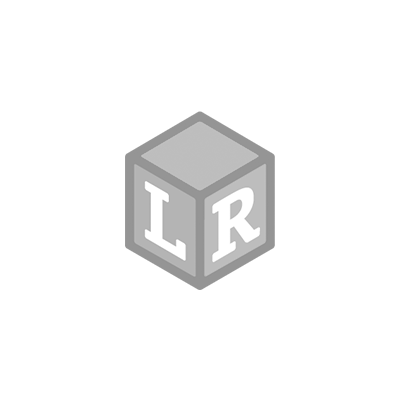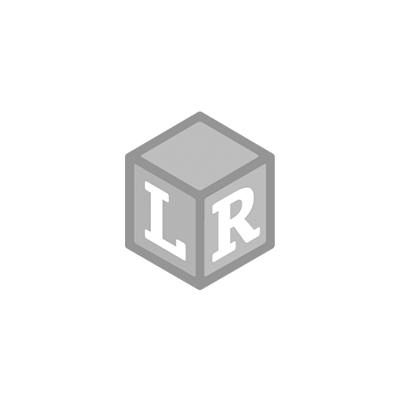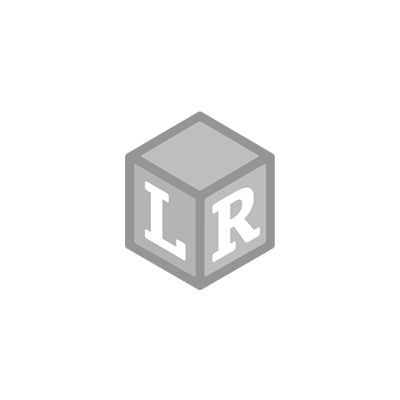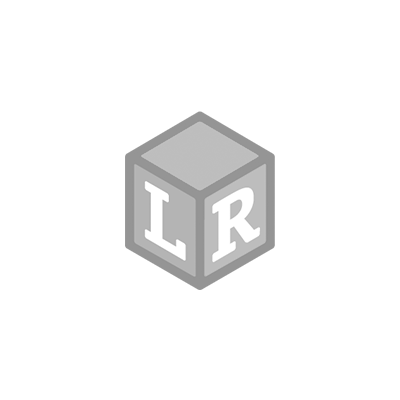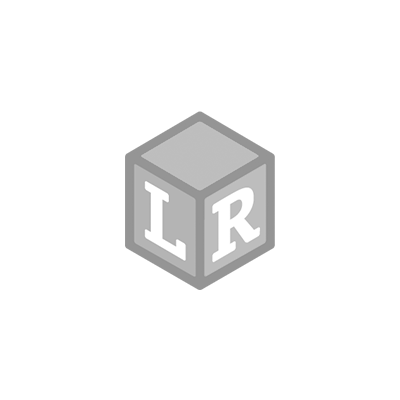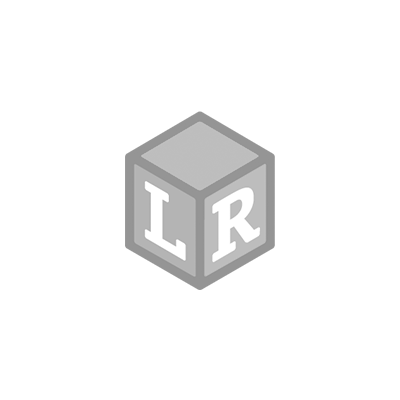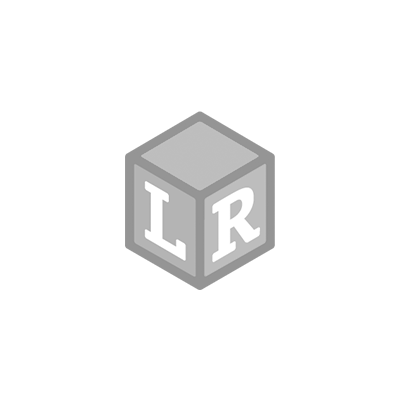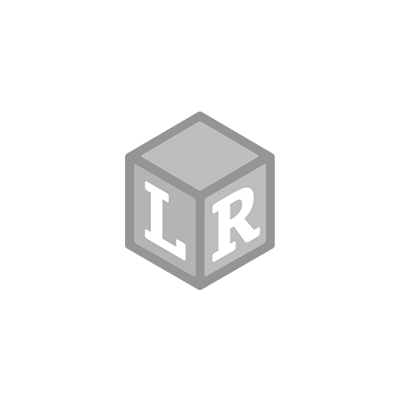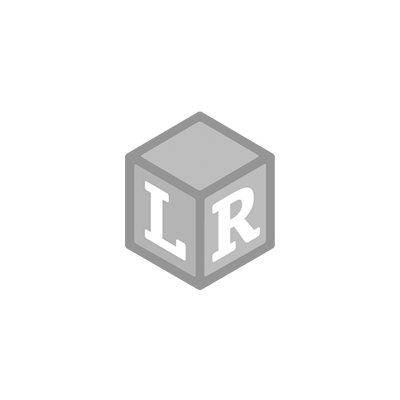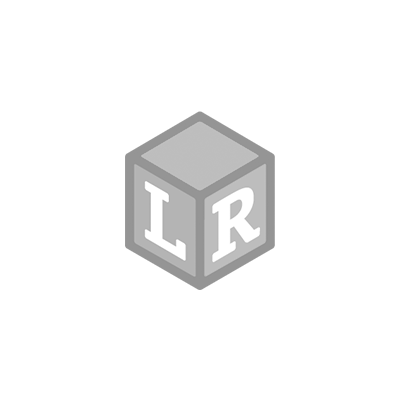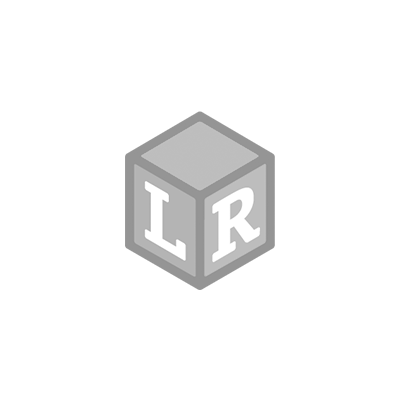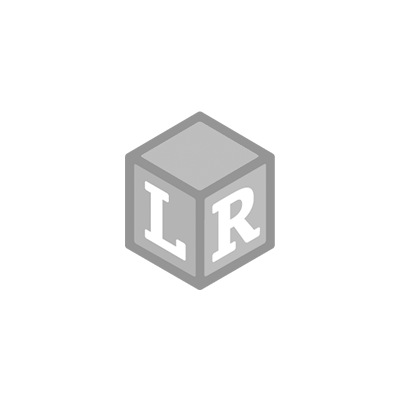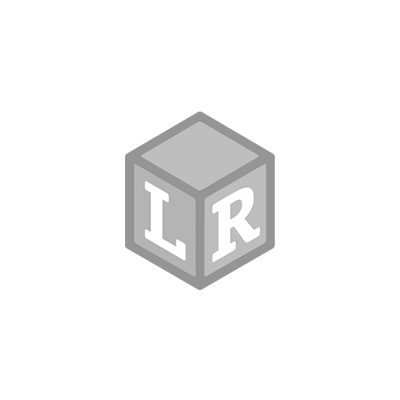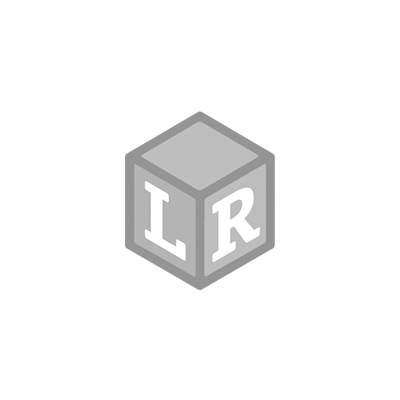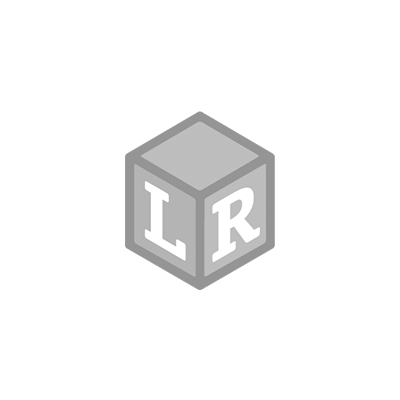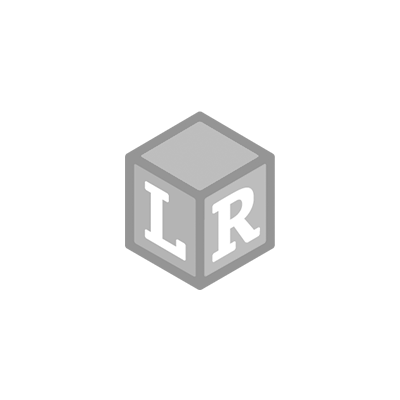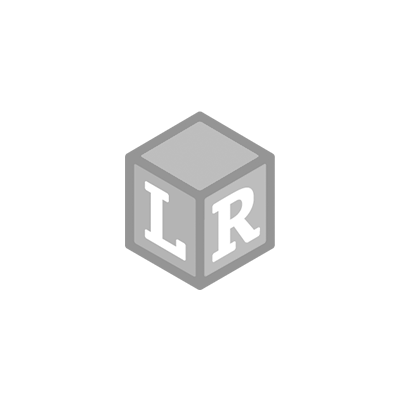
STEM for Preschoolers: Lava Learning Lamp Experiment
- Gabrielle Fischer Posted On Feb 27, 2017 | STEM
Our STEM-uary celebration continues with this latest preschool science experiment that proves that you’re never too little to love science.
As you may know, STEM is an acronym for Science, Technology, Engineering, and Math. With a renewed focus on these subjects in American schools, students everywhere are being exposed to the STEM subjects like never before. You can get a head start at home with experiments like this one!
Ready to give your preschooler a peek into the super cool world of chemistry? Here's what you'll need...
Materials:
- Vegetable oil
- Clear plastic bottle with cap (you can use the oil bottle – just remove the label!)
- Water
- Food coloring
- Alka-Seltzer®
- Funnel
Step One – Density
Using your funnel, fill your clear, plastic bottle 2/3 full of vegetable oil (or, if you’re using your vegetable oil bottle, pour 1/3 out).

Wipe your funnel clean and fill the remaining 1/3 of your bottle with water.
With your child, watch as the water sinks to the bottom of the bottle and the oil rises to the top. Explain that the water is heavier, or denser, and the oil is lighter and less dense and that’s why it rises to the top of the bottle.
Then, let your child choose a color and drop several drops of food coloring into the bottle.
Step Two – Attraction
Screw the lid onto your bottle and hand it to your little one. Ask her to shake it as hard so she can to try to mix the oil and water together. While the oil might break up into smaller drops, it won’t blend with the water no matter how hard you try. This is because water molecules have an electrical charge that attracts other water molecules. These polar water molecules “stick” together, excluding other non-polar molecules, like oil. Since the food coloring mixed with the water, the oil will not change color.

Set the bottle down and let it settle for a moment.
Step Three – Reaction
While the bottle is settling, break your Alka-Seltzer tablet into several pieces. Open the lid and let your little one drop a piece of Alka-Seltzer into the bottle. Watch in amazement as colorful bubbles rise from the bottom of the bottle up through the oil and back down the sides. When the bubbling subsides, drop in another piece. Continue until you’re out of Alka-Seltzer and replace the lid to the bottle.

What’s happening? When the Alka-Seltzer hits the water, there is a chemical reaction which forms carbon dioxide gas bubbles (like in soda!). These bubbles are lighter than both the water and the oil, so they rise to the top of the bottle, where they pop, and the heavy colored water sinks back to the bottom of the bottle.
How did your preschool science experiment turn out? Let us know at blog@learningresources.com!
 Shop UK Site
Shop UK Site 
